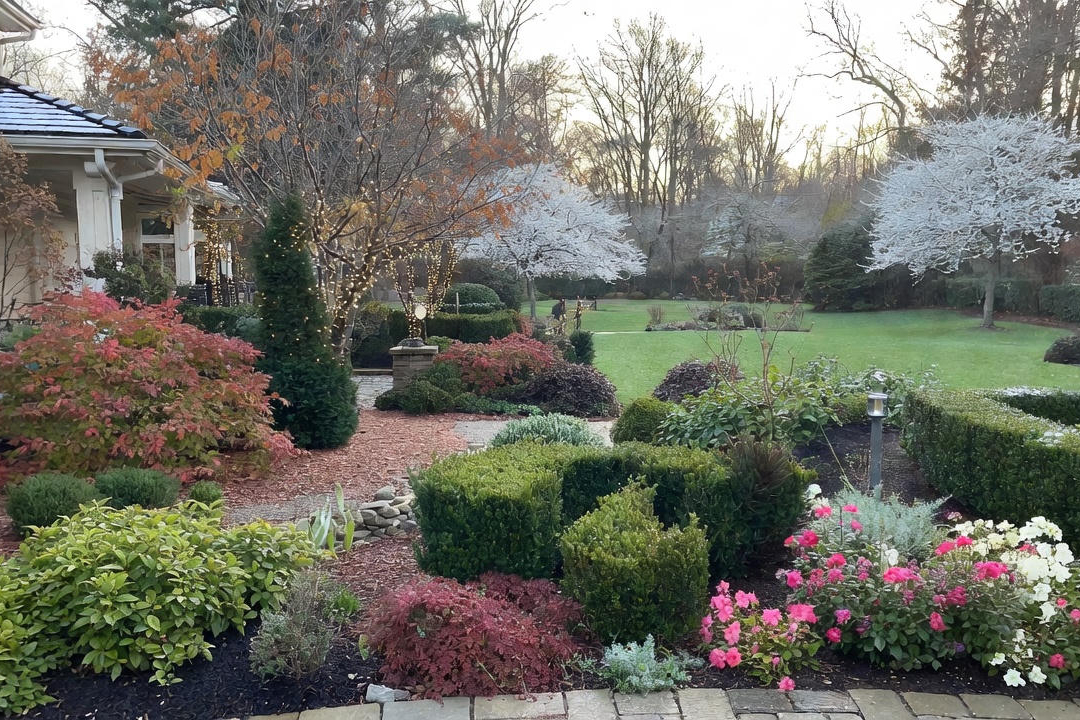

Ornamental grasses offer a fantastic low maintenance and sustainable solution for landscaping design. They have four season interest, are mostly drought tolerant, need no staking or pruning, and have no regular insect or disease problems. This means less watering and virtually no pesticides or herbicides need to be used with the plants.
Grasses, or Poaceae, are a large genus of plant with over 10,000 varieties of species and represent the fifth largest plant family in the world. Grasses feed most of the world; wheat, millet, rice, and corn are all from the grass family. Bamboo is considered a grass and is harvested widely in Asia for its thatch and both ethanol alcohol and ethanol fuel are produced from grain. Ultimately, these plants feed, cloth, and house much of the earth and their sustainable nature makes them an excellent choice for home gardening as well.
Uses For Ornamental Grasses
With a large range of sizes, ornamental grasses can be substituted for nearly any role in the perennial bed that a perennial or shrub may normally fill. For example, some grasses like plume grass or dwarf pampas grass grow taller than a person and make an excellent hedge or screen. Feather reed grass makes a wonderful substitute for a fence line, while small carex can be a groundcover solution.

How to Grow Ornamental Grasses
Ornamental grasses have two distinct growth habits; clumping or rhizomatous. Clumping plants are more like a traditional perennial in that the grass will grow in neat mounds. While you can expect some seeding, the plant will generally not become invasive and will get larger in circumference over time. Grasses with rhizomes spread by underground stems and can become intensely invasive. Placing a rhizomatous grass in the perennial border might result in an invasive growing disaster. Examples of severely invasive grasses include Blue lyme grass, running bamboo, and cordgrass. Understanding the variety of ornamental grass and its growing nature is important to prevent a landscape invasion you do not want.
Plant ornamental grasses in the spring or fall when conditions are somewhat rainy to assist with establishment. Most ornamental grasses prefer full sun, but this is not always true, so be sure to understand conditions for the individual grass selected. Prepare soil for planting by mixing in two to three inches of organic matter in the planting bed, adding any soil amendments your soil tests have shown you need.
Grass Maintenance
Grass maintenance is fairly easy. For four seasons of interest, it is best to leave your grass standing all winter. In spring, cut the grass back by shearing it off near the base. Cut back to two to three inches for shorter grasses, and four to five inches for taller grasses. Every three to four years or so, you can divide the plant or spade it back in size should it start to grow out of its planting area. Sometimes the center of grass clumps die out as a plant gets older. If this happens, divide the plant to save some of the plant for the original planting area and give-away or replant the remainder.
Download iScape now to learn how to create an amazingly fun and interesting outdoor landscape space. iScape it!




ds.jpg)
.jpg)
